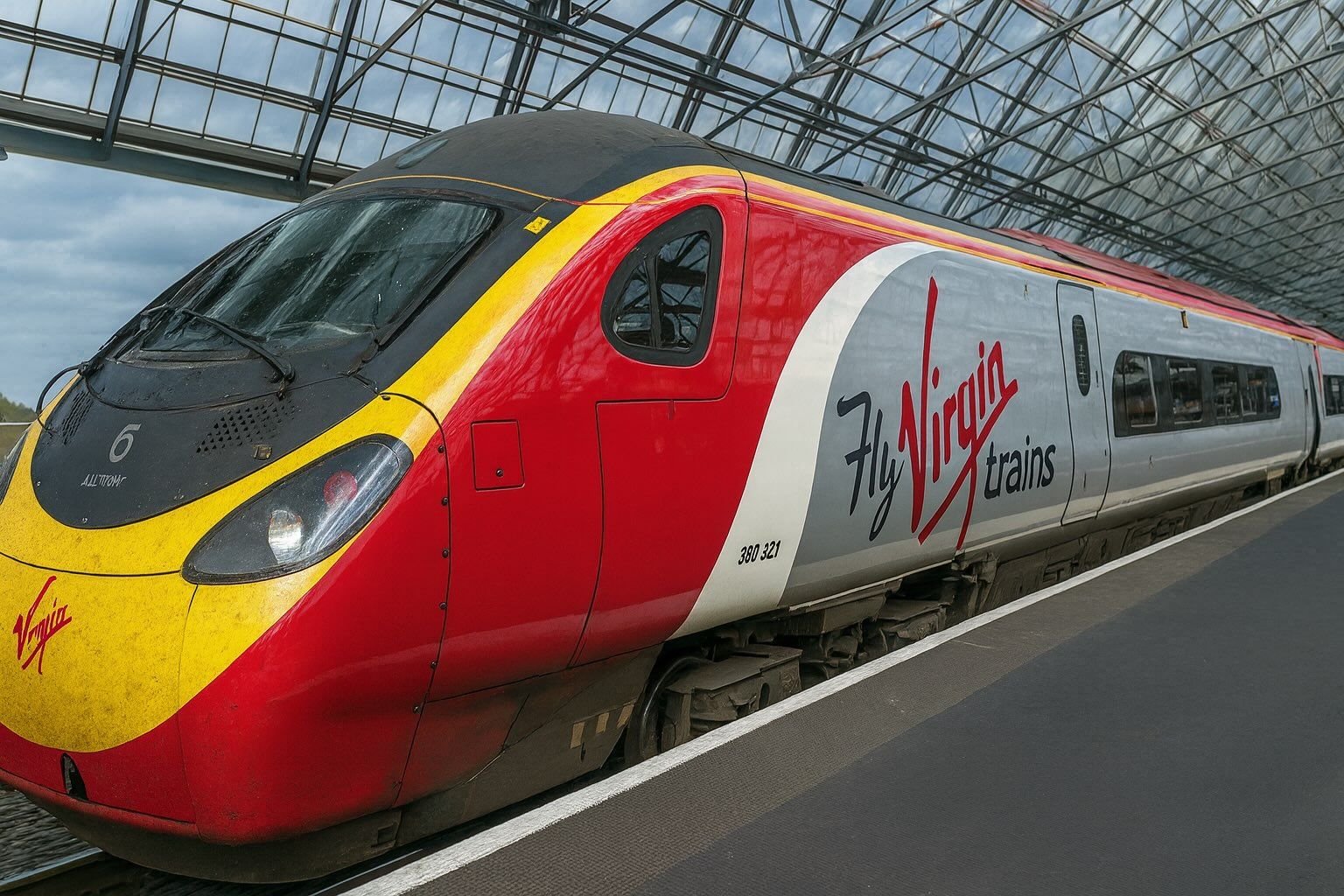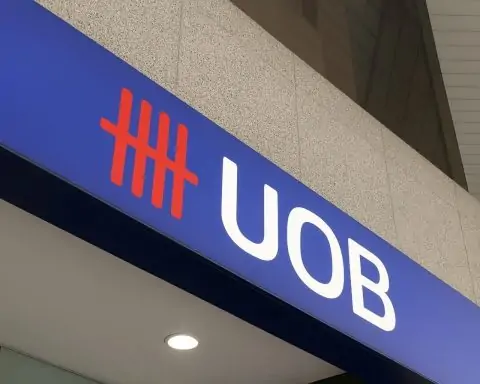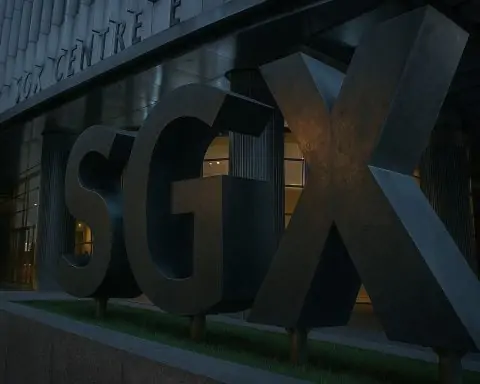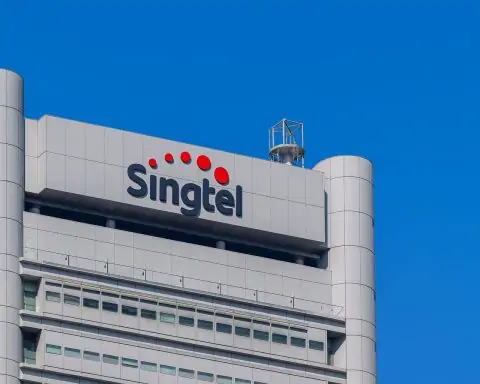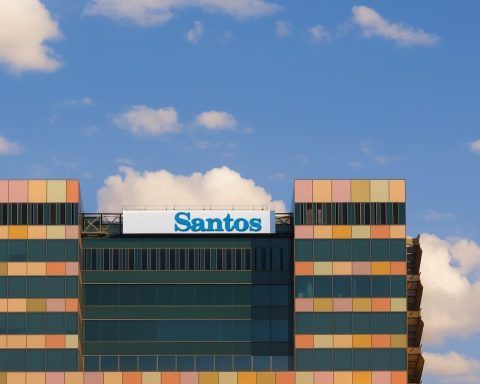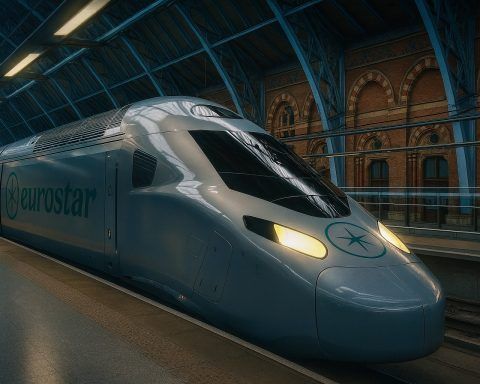- The UK rail regulator (ORR) has approved Virgin Trains’ application to use the Temple Mills maintenance depot in London [1]. This decision breaks Eurostar’s exclusive hold on cross-Channel passenger services and will unlock roughly £700 million of private investment and 400 new jobs [2].
- Sir Richard Branson’s Virgin Trains plans to begin international services by 2030, with 20 daily return trains (13 to Paris, 4 to Brussels, 3 to Amsterdam) [3]. The fleet will comprise 12 new 200m-long Alstom Avelia Stream high-speed trains, financed by a consortium led by investment firms Equitix and Azzurra Capital [4] [5].
- Regulators and ministers say competition will benefit travellers. ORR Deputy Director Martin Jones notes the decision “backs customer choice” and stimulates growth [6], while Rail Minister Peter Hendy says allowing Virgin in will give “greater choice, better value” and spur innovation [7].
- The government is also pushing to restore international stops in Kent. Ministers have urged reopening Ashford and Ebbsfleet International (closed since 2020) to support new cross-Channel services [8], and Virgin has pledged to call at those stations if they reopen [9].
- Eurostar itself is investing heavily to meet rising demand: it has ordered €2 billion of new double-deck TGV trains (Avelia Horizon/Celestia) to boost capacity by about 30% and open routes like London–Frankfurt and London–Geneva [10]. Eurostar CEO Gwendoline Cazenave calls this a “golden age” of sustainable travel [11] even as new rivals emerge.
Breaking the Monopoly
For the first time since 1994, a train company other than Eurostar will be allowed to run passenger services through the Channel Tunnel. On 30 October 2025 the Office of Rail and Road (ORR) announced it had approved Virgin Trains Europe’s depot access application [12]. Temple Mills International depot (Leyton, London) – the only UK facility capable of servicing large high-speed trains – had been used exclusively by Eurostar until now. The ORR press release explains that this move “unlocks plans for around £700 mn of investment in new services and the creation of 400 new jobs” [13]. ORR deputy director Martin Jones stated: “With this decision we are backing customer choice and competition in international rail, unlocking up to £700mn in private sector investment and stimulating growth” [14].
The regulator chose Virgin’s proposal over rival bidders (such as Italy’s Trenitalia/Evolyn partnership and the UK startup Gemini) because it judged Virgin’s plan “more financially and operationally robust” and saw “clear evidence of investor backing” and committed rolling stock [15] [16]. In short, ORR says Virgin Trains “has the strongest prospects” of making best use of Temple Mills [17]. The decision is widely seen as ending Eurostar’s 30-year monopoly on cross-Channel travel, a scenario that Richard Branson himself welcomed. Sir Richard said: “It’s time to end this 30-year monopoly and bring some Virgin magic to the cross-Channel route. We’re going to shake up the cross-Channel route for good and give consumers the choice they deserve” [18].
Virgin’s Cross-Channel Plans
Virgin’s blueprint is now clear. The company plans to start running trains from London’s St Pancras in 2030, initially targeting Paris, Brussels and Amsterdam. According to its submission to regulators, Virgin will operate 20 daily London-based return services – 13 to Paris (Gare du Nord), 4 to Brussels (Midi/Zuid) and 3 to Amsterdam (Centraal) [19]. Each train will be a 200m Alstom Avelia Stream “tilting” high-speed set. In August 2025 Virgin signed heads of terms with Alstom to provide 12 of these trains [20], and has “secured binding exclusivity” with Alstom for their supply [21]. Equitix, a UK infrastructure investor, will provide financing for the train fleet [22], while Azzurra Capital will help fund operations [23] [24]. In total, Virgin reports the capital required is about £700 million [25]. Bayliss said this consortium will “build a new business that does what Virgin does best – disrupt and challenge the status quo” [26].
Virgin’s scheme still requires final safety certifications and track-access agreements, and Eurostar (which owns Temple Mills) must enter into a maintenance contract with Virgin. But the depot access decision clears a major hurdle. As a Guardian summary notes, “Temple Mills is the only train depot that can be accessed from High Speed 1 [the London–Channel Tunnel line],” making it critical for any new operator [27]. Virgin has even updated its maintenance plans to efficiently use the depot, requesting (for example) one 24-hour slot every four weeks for heavy servicing [28].
Officials and Industry React
Transport officials on both sides of the Channel have praised the outcome as good news for travellers. Rail Minister Lord Peter Hendy (parliamentary under-secretary for transport) said in writing that the government “strongly welcomes” the entry of competition, which should improve connectivity, drive innovation and lower fares [29] [30]. He also stressed that this is “an important first step” but warned that more depot space is needed for future growth [31] [32]. In parallel, ministers are actively encouraging the reopening of Ashford and Ebbsfleet International stations in Kent to restore links that were cut when Eurostar withdrew services in 2020 [33].
Experts agree the Channel Tunnel corridor is ripe for competition. The Campaign for Better Transport welcomed the ORR decision, with its chief executive Ben Plowden saying new services will tap “great potential” of the tunnel and bring new routes closer to reality [34]. (Plowden’s group estimates Kent reopenings could add £2.7bn in regional growth and half a million visitors per year [35].) Sir Richard Branson’s team now believes there are “no more major hurdles to overcome” before the launch, according to a Virgin spokesperson [36].
Meanwhile, Eurostar is preparing its own expansion. Last month it announced a €2 billion deal for up to 50 new Alstom double-deck “Celestia” trains [37] [38]. These new TGV units (doubling the size of today’s single-level sets) will carry over 1,000 passengers each and are slated for introduction from 2031 [39]. Eurostar CEO Gwendoline Cazenave hailed the order and the broader rail market as a “golden age for international sustainable travel” [40]. She noted that Eurostar is investing to meet demand – even as regulators decide whether to make depot space for rivals [41] [42]. In short, the Channel Tunnel rail business is rapidly evolving on both sides: Eurostar is growing its fleet and network, while Virgin (backed by deep-pocketed investors) is gearing up to offer a new choice for cross-border passengers.
What This Means for Travellers
For public travelers, the verdict is clear: more choice and likely more competitive prices in the years ahead. Virgin promises “award-winning” service and more trains across Europe, while Eurostar’s modernization plans will also improve capacity and comfort. If Virgin succeeds, Londoners will soon have an alternative to Eurostar for London–Paris and other international trips – potentially with different departure times or fares. Commuters and tourists in the Southeast could even see trains stopping in reopened Kent stations (Ashford/Ebbsfleet), slashing travel times to the Continent.
The ORR’s push to foster competition reflects growing demand for green, train-based travel between the UK and mainland Europe. With both Virgin and Eurostar expanding, passengers can expect a busier international timetable by the early 2030s. As a Eurostar official put it, these investments signal “direct trains between London and Germany, and between London and Switzerland for the first time” [43]. For now, the battle lines are drawn: Virgin is “ready to shake up” the Channel route [44], and established operators are responding in kind. The result should be more options – and more affordable rail travel – linking Britain with Paris, Brussels and beyond.
Sources: Recent news reports and press releases from The Guardian [45] [46], The Independent [47] [48], the UK Office of Rail and Road [49] [50], Railnews [51] [52], Railjournal [53] [54], and industry news site TechStock² (ts2.tech) [55]. (All facts and quotes above are from these sources.)
References
1. www.orr.gov.uk, 2. www.orr.gov.uk, 3. www.railjournal.com, 4. www.railjournal.com, 5. www.railnews.co.uk, 6. www.theguardian.com, 7. www.independent.co.uk, 8. www.theguardian.com, 9. www.railnews.co.uk, 10. ts2.tech, 11. www.independent.co.uk, 12. www.orr.gov.uk, 13. www.orr.gov.uk, 14. www.theguardian.com, 15. www.orr.gov.uk, 16. www.railnews.co.uk, 17. www.railnews.co.uk, 18. www.railnews.co.uk, 19. www.railjournal.com, 20. www.railjournal.com, 21. www.railjournal.com, 22. www.railjournal.com, 23. www.railjournal.com, 24. www.railnews.co.uk, 25. www.railjournal.com, 26. www.railnews.co.uk, 27. www.theguardian.com, 28. www.railjournal.com, 29. www.independent.co.uk, 30. www.railnews.co.uk, 31. www.independent.co.uk, 32. www.railnews.co.uk, 33. www.theguardian.com, 34. www.theguardian.com, 35. www.theguardian.com, 36. www.theguardian.com, 37. ts2.tech, 38. www.theguardian.com, 39. www.theguardian.com, 40. www.independent.co.uk, 41. www.theguardian.com, 42. www.theguardian.com, 43. ts2.tech, 44. www.railnews.co.uk, 45. www.theguardian.com, 46. www.theguardian.com, 47. www.independent.co.uk, 48. www.independent.co.uk, 49. www.orr.gov.uk, 50. www.orr.gov.uk, 51. www.railnews.co.uk, 52. www.railnews.co.uk, 53. www.railjournal.com, 54. www.railjournal.com, 55. ts2.tech
